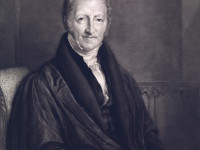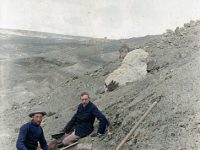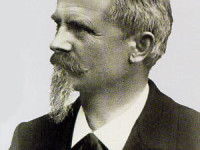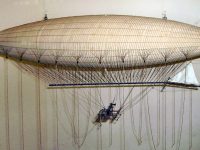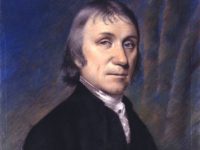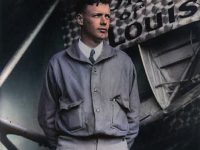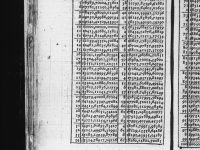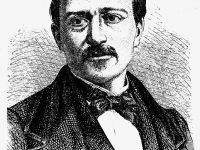Charles Clermont-Ganneau’s Crusade against Archeological Forgeries
On February 19, 1846, French orientalist and archeologist Charles Simon Clermont-Ganneau was born. Besides his archeological research and field work, he is best known for his exposition of several archaeological frauds with the British Museum, the Imperial Museum, Berlin, or the Louvre in Paris. Charles Clermont-Ganneau – Early Years Charles Clermont-Ganneau was born in Paris, France, the son of Simon Ganneau, a mystic and sculptor. After the death of his father in…
Read more


